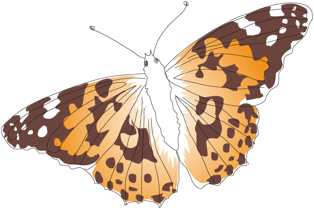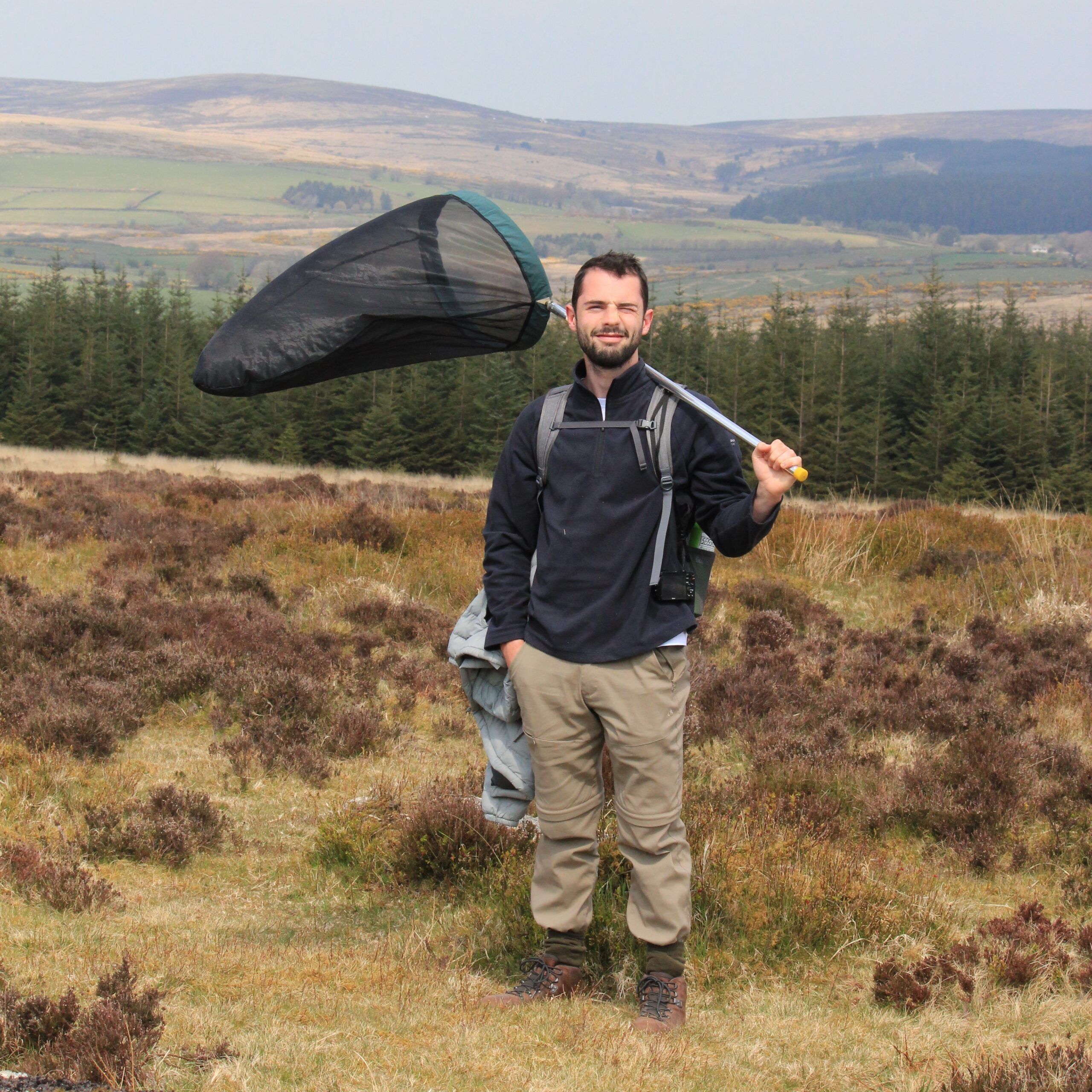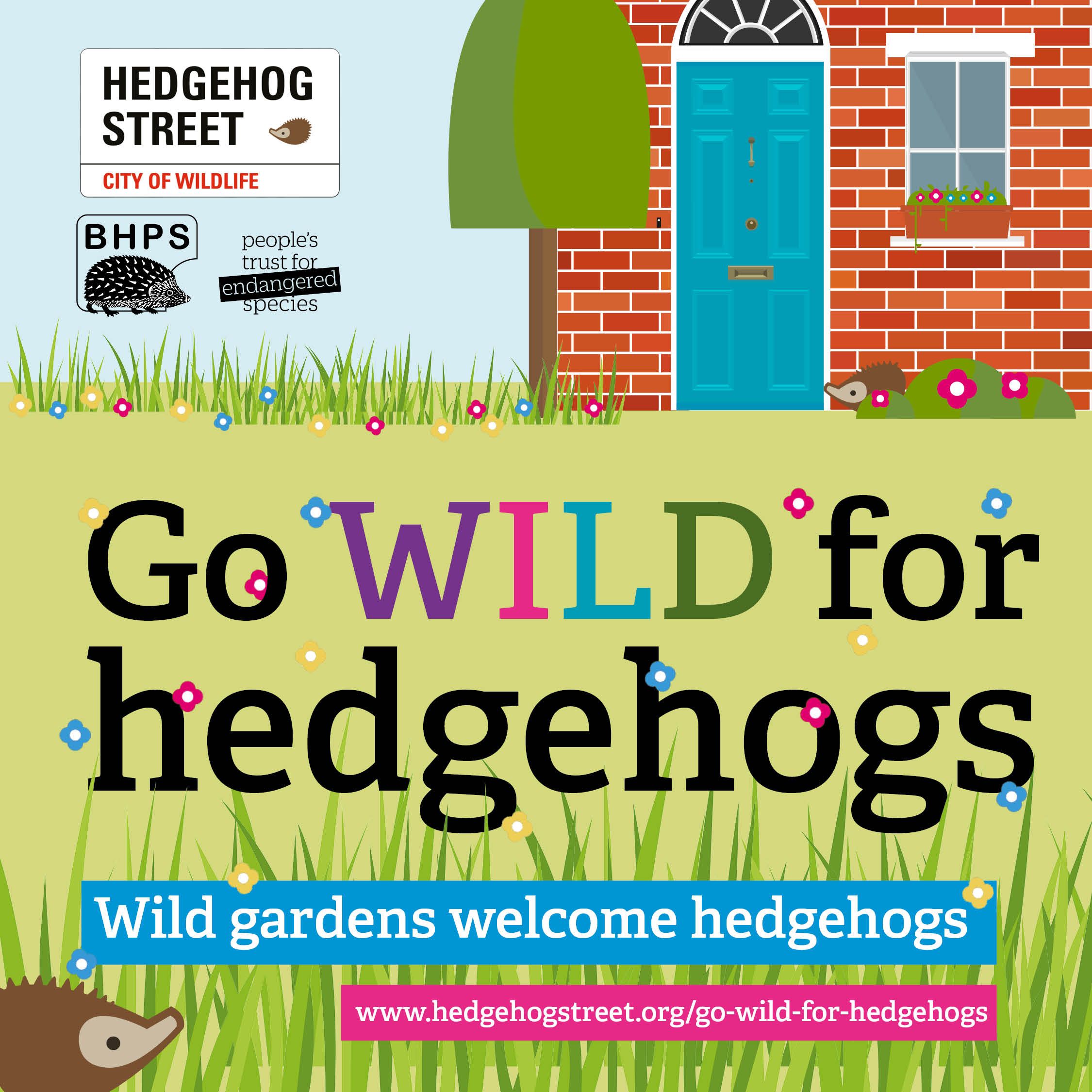Who we are
We’ve been standing up for wildlife for nearly 50 years. With the help of scientists, conservationists, landowners, and the general public, we’re working to protect our delicately balanced ecosystem by bringing our most threatened species back from the brink.
Where we work
Funded by our generous supporters, our grant programmes support the very best scientific researchers and wildlife experts out in the field. The evidence they unearth guides worldwide conservation. Browse the map below to discover the amazing wildlife we’re saving from extinction.


Meet the interns

Go WILD for hedgehogs


Latest news from PTES
Bridges of success: helping rare primates cross safely and reconnect their forest homes
Thanks to your support, PTES is funding pioneering work in India to save two of the world’s rarest primates: golden langurs and western hoolock gibbons. Roads and deforestation have fragmented …
Small mammal footprint project is on track
A special thank you to Wildwood Kent and Jazz Woollard for contributing this article. In August, we announced a new project at Wildwood Kent that is improving how small mammals …
New dormouse handbooks for 2025
New dormouse handbooks They have been a long time in preparation, but we are delighted to announce that the third editions of the Hazel Dormouse Conservation and Mitigation Handbooks have …


